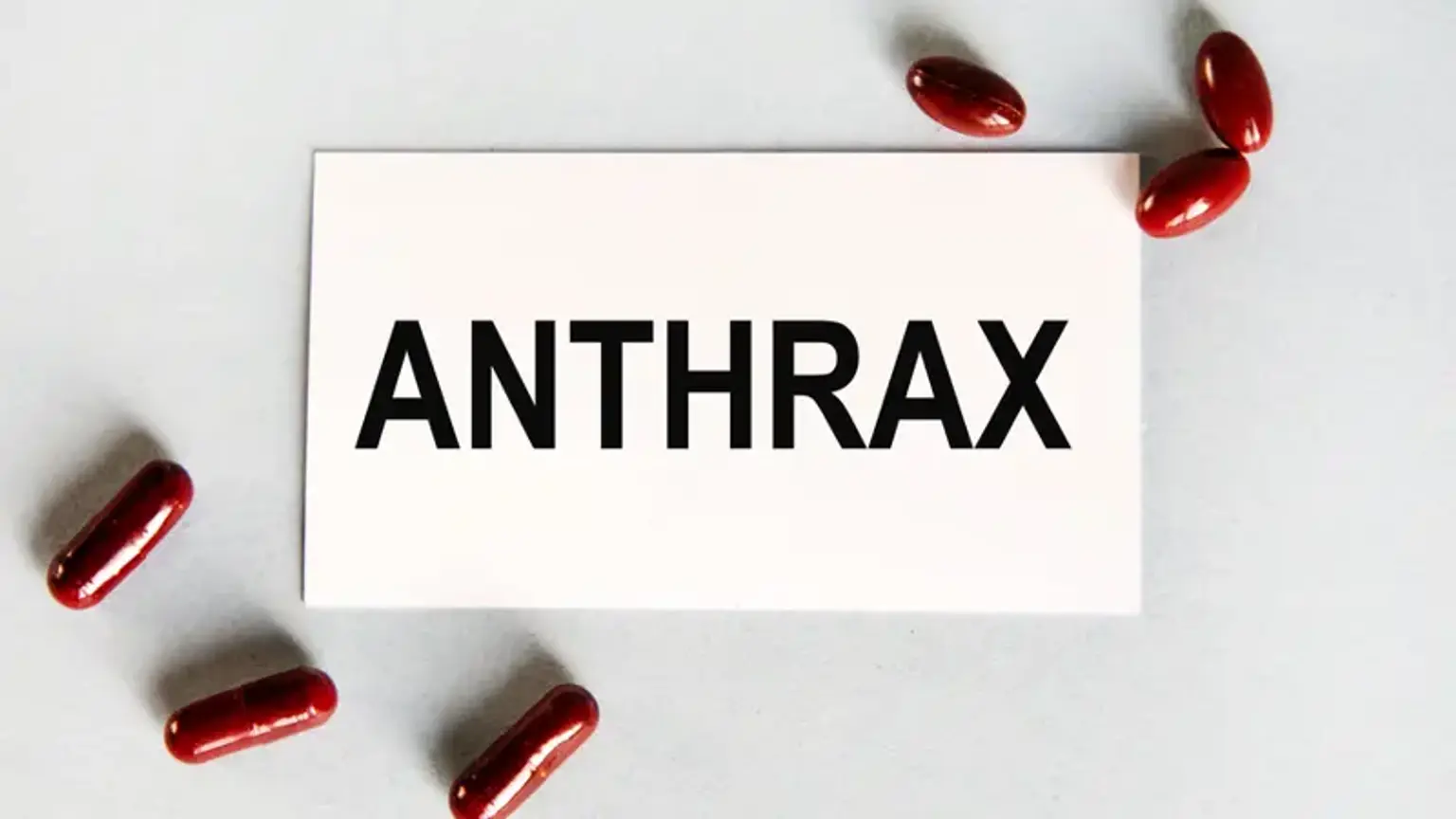Introduction
Anthrax, a severe infectious disease caused by the bacterium Bacillus anthracis, has long been a subject of scientific and public interest. Known since ancient times, anthrax has historically impacted agriculture and public health, earning its place as a critical topic in infectious disease research. Its resilient spores can survive in soil for decades, making it a persistent threat to livestock, wildlife, and, in some cases, humans.
In modern times, anthrax has gained additional attention due to its potential use in bioterrorism. Notable incidents, such as the anthrax attacks in the United States in 2001, highlighted the disease’s deadly potential and the need for preparedness. Despite its notoriety, anthrax remains a preventable and treatable disease when detected early, making public awareness and scientific advancements vital for its control.
Causes and Transmission of Anthrax
The root cause of anthrax lies in the bacterium Bacillus anthracis, which produces hardy spores capable of surviving in extreme environmental conditions. These spores can enter a host body through various pathways, causing infection. Common causes include exposure to contaminated soil, infected animals, or animal products such as wool, hides, or meat.
Modes of Transmission
Direct Contact: Handling infected animals or animal products can lead to cutaneous anthrax, the most common form of the disease.
Inhalation: Breathing in anthrax spores can cause pulmonary anthrax, a rare but deadly form of the infection.
Ingestion: Consuming undercooked or contaminated meat may lead to gastrointestinal anthrax.
Injection: Rare cases have emerged among individuals using contaminated needles.
The zoonotic nature of anthrax means it often originates in animals, particularly livestock like cattle, sheep, and goats. Outbreaks in agricultural areas can expose humans, making anthrax a concern for farmers, veterinarians, and those working with animal products. Its ability to spread through spores also makes it a potential public health threat, necessitating stringent safety measures and awareness.
